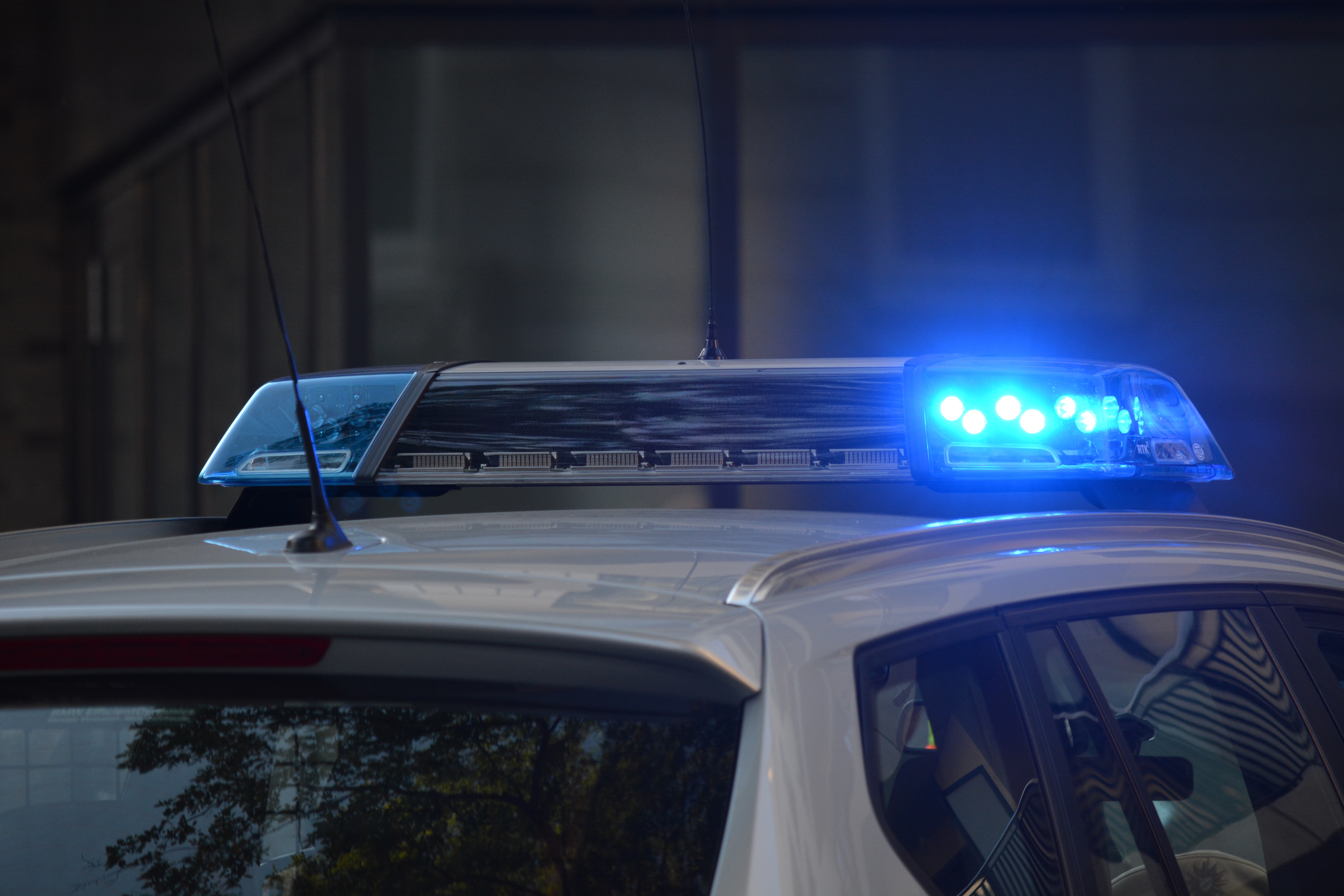The supercabs are upon us.
That's the word from the men in blue.
A few of you will have heard that the police are expanding their fleet of unmarked HGVs.
What does that mean? you may rightly ask. Let me brief you.
Here's a few quick things you need to know about the grey mariahs - what they are, what they look for, and how to spot them.
1. Where did it all start?
In 2014, the UK police force deployed an unmarked HGV on British motorways and A-roads. It was a trial-run, to see how effective it would be in spotting illegal driver behaviour.
The lone lorry lumbered the breadth of the UK, from Cleveland to Wales, detecting distracted drivers and chronicling criminal conduct.
The trial didn't end until 2018. And as it turns out, it was pretty successful.
In the past few weeks, it was announced that two more would be hitting the tarmac, and this time, it's no trial.
Dubbed Operation Tramline, the brainchild of Highways England is expected to encourage drivers to drive without distractions: whether it involves dining on a three-course Indian or applying toothpaste to a toothbrush.
2. What the trial found...
In the past two years alone, the trial wagon's discovered over 4,000 distracted drivers.
The offences fell under various classifications. The main classes, known as 'the 'fatal four', were:
- Speeding;
- Drink/drug driving;
- Using handheld devices;
- Not wearing a seat-belt.
So, which do you think was the most common? Well, of the 4,170 drivers pulled over, almost two-thirds were found to have used their mobiles while in motion.
The resulting punishments ranged from verbal warnings to prosecutions.
Incidentally, the penalty for using a phone at the wheel has been doubled. If you get caught, you can expect to shell out up to £200, and be hit with 6 points on your licence.
3. How do the unmarked HGVs spot you?
If the officers in the cab suspect you, the truck will sidle up to you on the motorway. Once they're parallel to your vehicle, the 'spotter' (in the passenger seat) records and transmits any shady behaviour to an ordinary patrol car following a few lengths behind.
If the officers in the car deem the behaviour dangerous, they'll pull you over.
The police say the elevated seating position offered by the cab gives them a clear advantage over smaller vehicles, and puts them on a par with wagons. Commercial vehicles, as always with these governmental initiatives, are a particular target.
The unmarked HGVs benefit from advanced wide-angle cameras, and are kitted out with a set of flashing lights for use in especially perilous scenarios.
4. How do I spot them?
Information on the identifying features of the unmarked HGVs is, understandably, in short supply. That they're greyish tractor units is pretty much the sum of it (and, in reality, even that could change).
However, there are a few things to look for. If you see a cab that:
- is double-manned (one driving, the other 'spotting'),
- is flashing siren-like lights,
- is followed by an unlikely procession of police cars and/or bikes, or
- is blitzing past you at quite a clip...
...You may have had your first sighting of an unmarked HGV.
To be fair, there's only 3 of them, and they'll be distributed across dozens of police forces in the UK. So, the chances of you encountering one are fairly slim.
But, of course, what are the chances that the fleet will remain at 3?
Scale it up! is the governmental cry.
Anyway, that's enough of that. Our 15-minute break is over. If you've got any questions, you can get them answered. Our Lighten the Load webinars are gaining some serious traction, in fact, the next one's nearing full capacity. Register for your chosen date, and we'll remind you when it's due to start.
Tie up the loose ends here:





